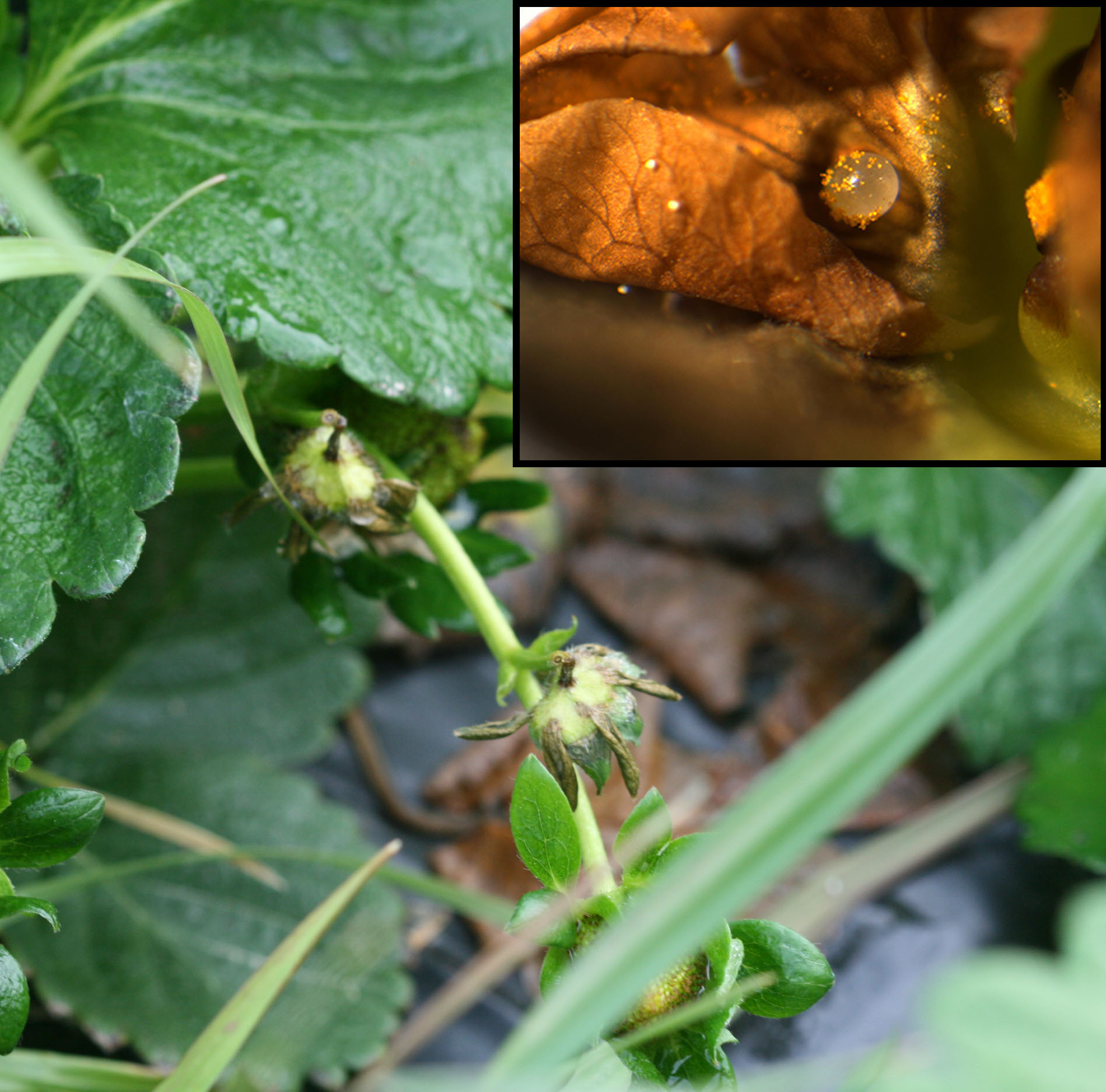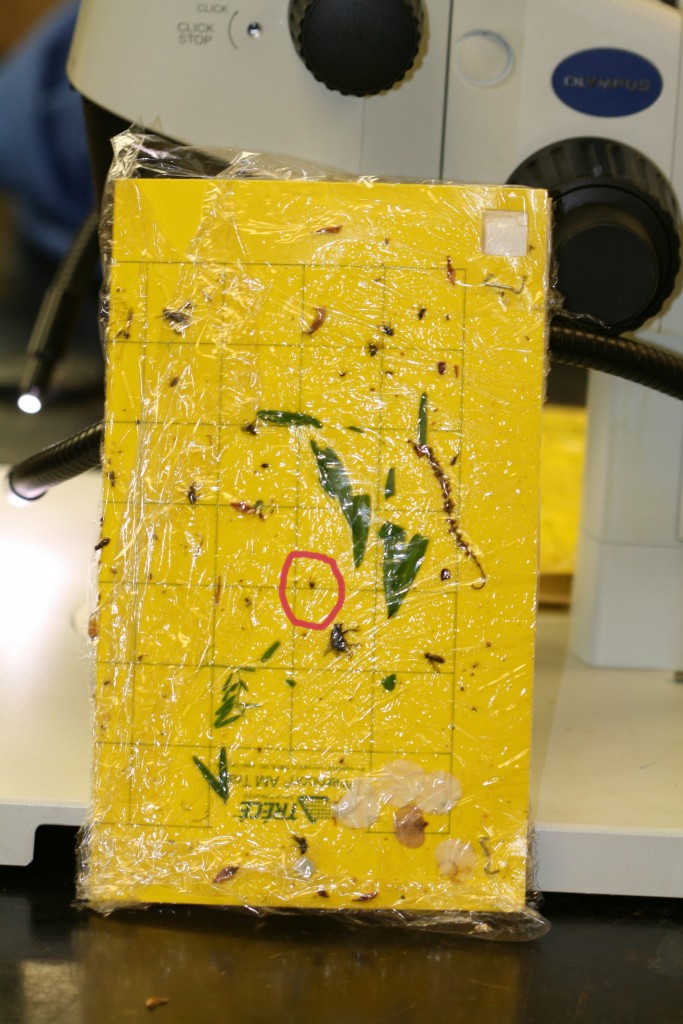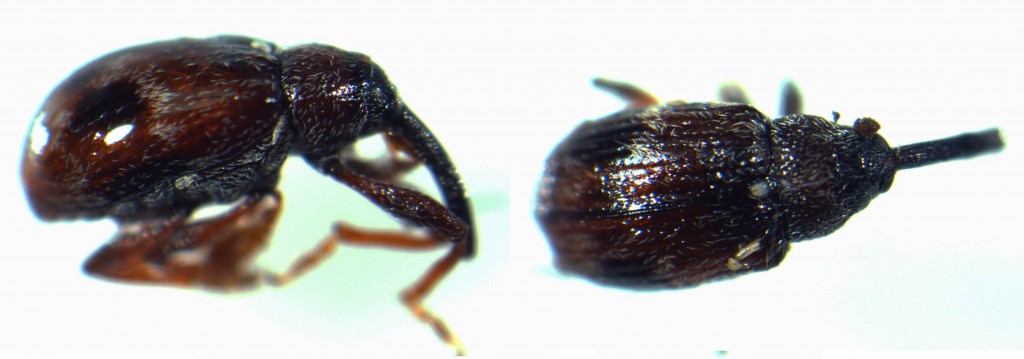What to Watch For: Strawberry Clippers Active in Central North Carolina (April 2014)
go.ncsu.edu/readext?289531
en Español / em Português
El inglés es el idioma de control de esta página. En la medida en que haya algún conflicto entre la traducción al inglés y la traducción, el inglés prevalece.
Al hacer clic en el enlace de traducción se activa un servicio de traducción gratuito para convertir la página al español. Al igual que con cualquier traducción por Internet, la conversión no es sensible al contexto y puede que no traduzca el texto en su significado original. NC State Extension no garantiza la exactitud del texto traducido. Por favor, tenga en cuenta que algunas aplicaciones y/o servicios pueden no funcionar como se espera cuando se traducen.
Português
Inglês é o idioma de controle desta página. Na medida que haja algum conflito entre o texto original em Inglês e a tradução, o Inglês prevalece.
Ao clicar no link de tradução, um serviço gratuito de tradução será ativado para converter a página para o Português. Como em qualquer tradução pela internet, a conversão não é sensivel ao contexto e pode não ocorrer a tradução para o significado orginal. O serviço de Extensão da Carolina do Norte (NC State Extension) não garante a exatidão do texto traduzido. Por favor, observe que algumas funções ou serviços podem não funcionar como esperado após a tradução.
English
English is the controlling language of this page. To the extent there is any conflict between the English text and the translation, English controls.
Clicking on the translation link activates a free translation service to convert the page to Spanish. As with any Internet translation, the conversion is not context-sensitive and may not translate the text to its original meaning. NC State Extension does not guarantee the accuracy of the translated text. Please note that some applications and/or services may not function as expected when translated.
Collapse ▲This year, we’ve begun a project to determine the frequency and significance of strawberry clipper damage in annual plasticulture strawberries growing in the southeast. Female strawberry clipper weevils injure developing buds by laying their eggs in them and partially chewing through the peduncle (or stem supporting the flower). These injured buds will not develop into flowers or fruit, and growers are often concerned about the potential for this injury to result in yield loss. However, previous research in matted row strawberry prodution and observations from annual plasticulture fields in NC heavily injured by clippers in 2013 suggest that plants may compensate for bud loss. The goal of our project is to determine if clippers are actually causing damage and, if so, how widespread this damage is.

Buds damaged by strawberry clipper weevil, and (inset) strawberry clipper weevil egg inside bud. Photo: Hannah Burrack
As part of this project, graduate student Doug McPhie is monitoring clipper populations and damage at 10 strawberry farms in North Carolina, and we are collaboring with colleagues in Virginia to monitor another field there. Doug is testing whether yellow sticky traps placed in fields can detect adult weevils before clipped buds occur, as well as tracking injury on plants to determine if yield is affected.
Last week, we started catching beetles in traps and also observing them active on plastic at three monitoring sites, and we started to observe clipped buds at one site.
This means that strawberry clippers are now active in central North Carolina, but we are still somewhat cautious about recommending any action against them. After the first year of this project, we will have a much better sense of if treatment is necessary for clippers, and if the traps we are testing can be used to time treatments. We what do know is that materials currently recommended to treat clippers come with some real risks. They are broad spectrum, which means they may be risky for pollinators, and some materials may flare twospotted spider mites, one of our major strawberry pests. We will post updates as clipper observations continue.
This project is supported by the Southern Region Small Fruit Consortium and the NC Strawberry Association.
More information
Seeking sites to monitor strawberry clipper – Entomology Portal




